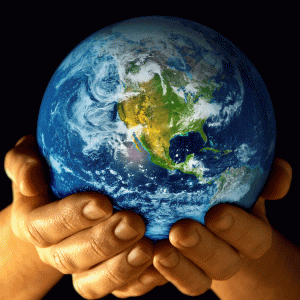Introduction
Mai ka piko o ke poʻo a ka poli o ka wāwae, a laʻa ma na kihi ʻhā o ke kino
From the crown of the head to the soles of the feet, and the four corners of the body

Learning Objectives
By the end of this chapter, you will be able to:
- Describe the different types of diets
- Describe the relationship between nutrition and health
- Describe overnutrition, undernutrition, and malnutrition
- Describe different careers in nutrition
There are a multitude of diets across the globe, in all regions and cultures. Each is influenced by the traditions of the past, along with the produce and livestock available. Traditional diets around the globe, such as for Native Hawaiians, were comprised of foods low in fats like fresh fish, and high in complex carbohydrates such as kalo (taro) and ‘ulu (breadfruit). However, with modernization and the influence from other ethnic groups that have migrated to the Hawaiian Island chain, the diet has transitioned to be high in animal fat, processed meats, and simple carbohydrates. These changes have played a role in the shift in health issues that many Native Hawaiians are facing today. To learn more about the nutrition transition in the Pacific, visit http://manoa.hawaii.edu/ctahr/pacificfoodguide/index.php/regional-information/.
Good nutrition equates to receiving enough (but not too much) of the macronutrients (proteins, carbohydrates, fats, and water) and micronutrients (vitamins and minerals) so that the body can stay healthy, grow properly, and work effectively. The phrase “you are what you eat” means that your body will respond to the food it receives, either good or bad. Processed, sugary, high-fat, and excessively salted foods leave the body unable to perform effectively. By contrast, eating a variety of foods from all food groups fuels the body by providing what it needs to produce energy, promote metabolic activity, prevent micronutrient deficiencies, ward off chronic disease, and bolstering a sense of overall health and well-being.
